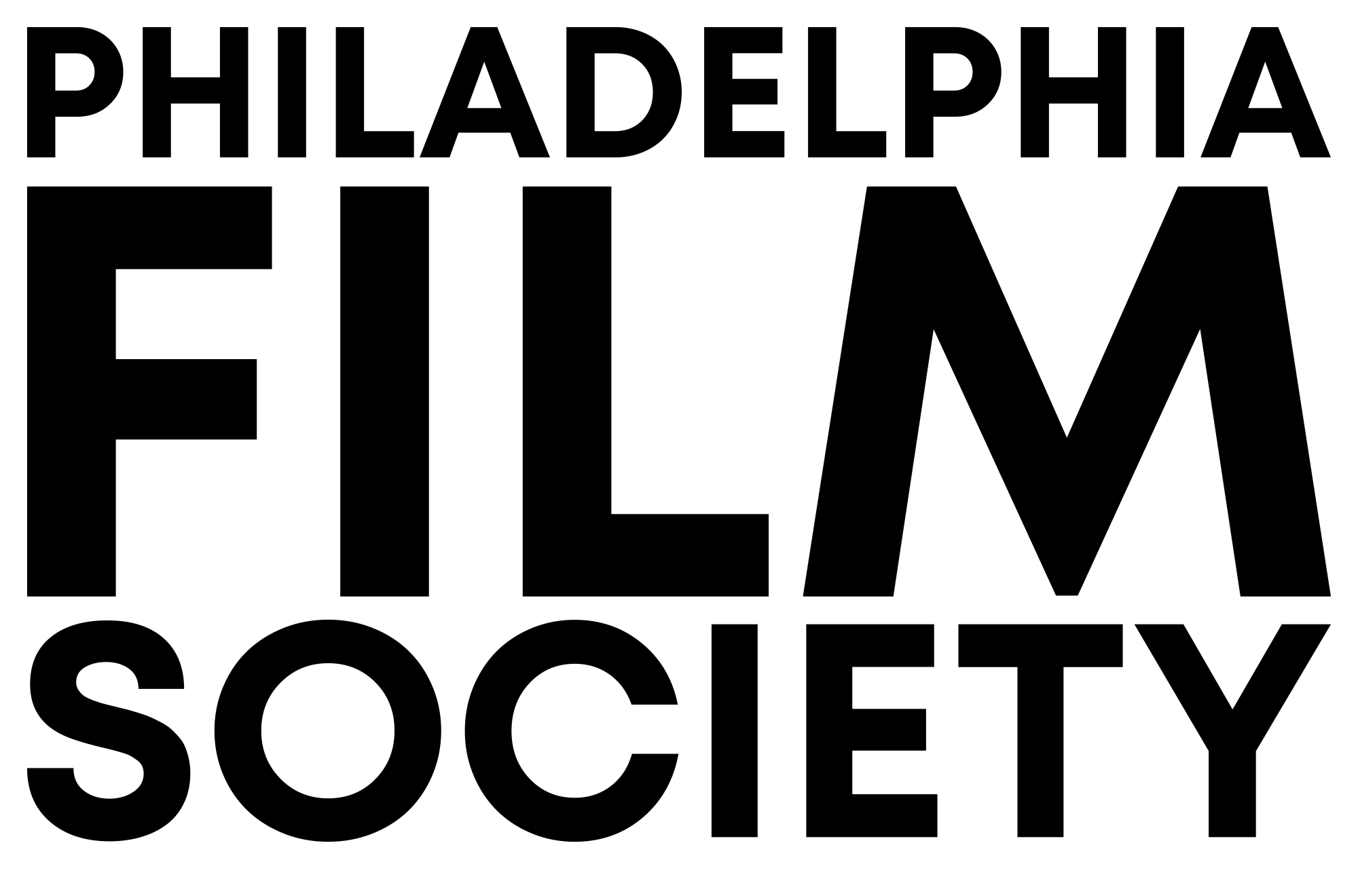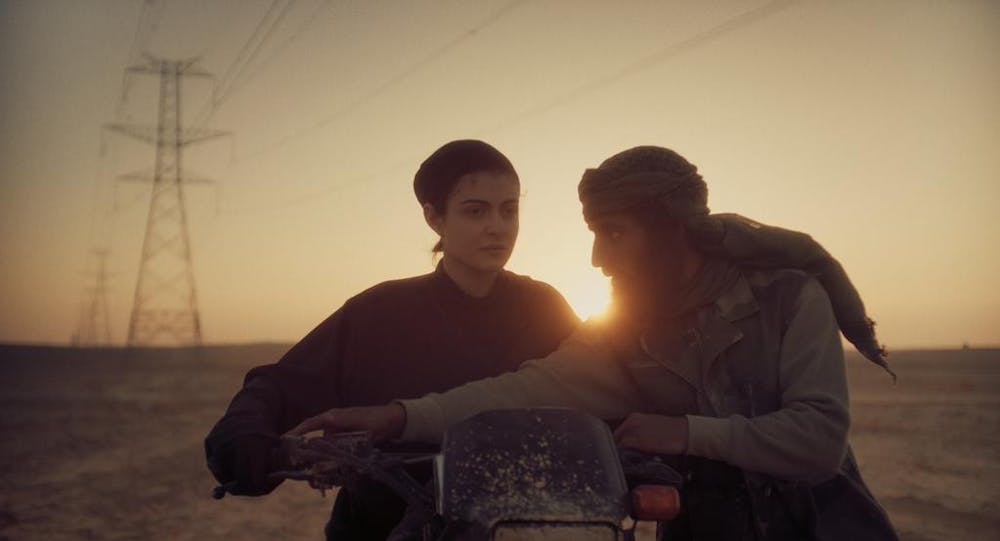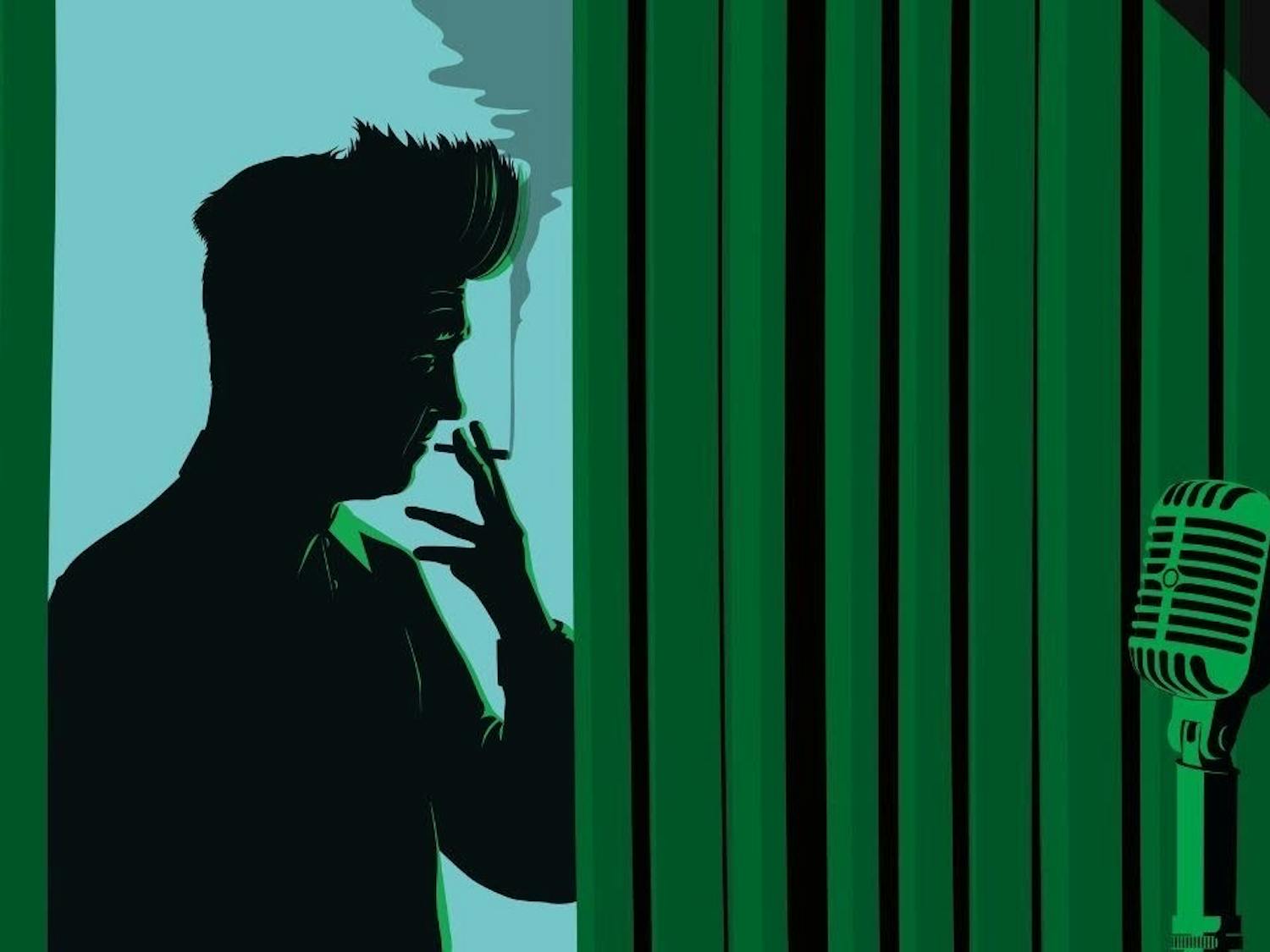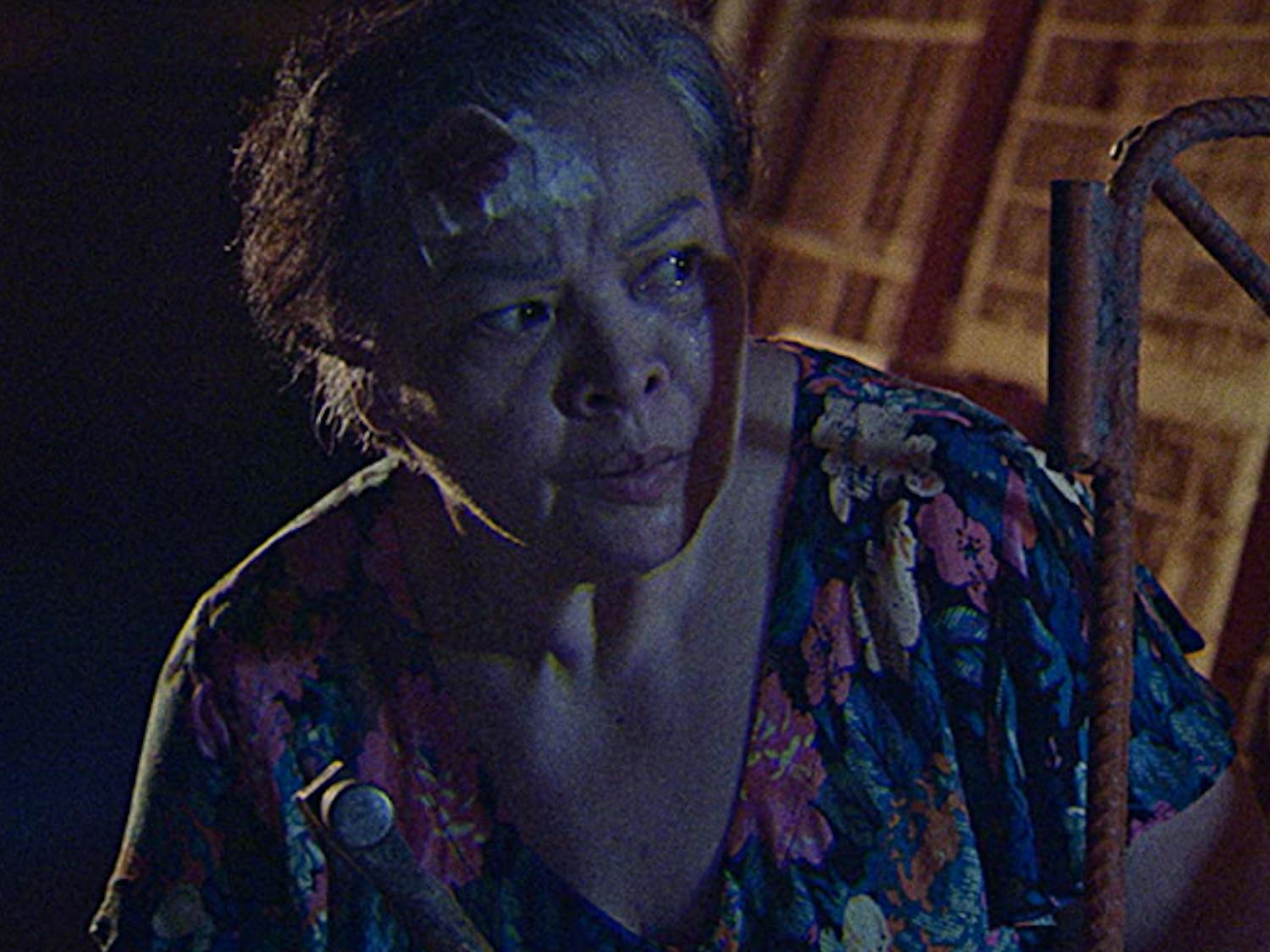From the moment the screen lights up, Adil El Arbi and Bilall Fallah’s 2022 film ‘Rebel’ is a sensory nightmare in the best way possible. Cataclysmic detonations and rapid gunshots are always around the corner, and the languages the main characters are speaking flip flop back and forth; language is fluid, as French, Dutch and different dialects of Arabic are all used, making comprehension something that is not always guaranteed. There is an inherent air of disorientation that is present here, which makes sense given the subject of the film; when discussing the physical and mental disorientation that is felt by people who are involved in war, immersing the audience head first into that disorientation (albeit a lesser version) is an extremely effective way of showcasing the characters struggles.
‘Rebel’ follows the connecting stories of two middle eastern brothers living in Belgium. When the older brother gets indoctrinated into an extremist group while on a humanitarian trip, we follow his direct experience as he navigates his way through the physical and mental danger he finds himself placed in. Simultaneously, we get insight on the radicalization of middle eastern youth from outside direct war zones as we see the younger brother being essentially groomed into joining the same extremist group through the exploitation of his grief and trauma after watching a video of his own brother carrying out an execution.
The movie does not shy away from showing graphic scenes of warfare and violence. There is no censorship; the violence is sickening and visible. Towards the beginning of the movie, there is a scene depicting a bombing. A person digs through rubble to rescue a child who has sustained significant injuries. We follow the person holding the child in their arms as they run through a makeshift wartorn hospital, as the child is placed on a bed, a team of doctors rush in to try and stop the bleeding. A mobile phone is perched nearby, and a doctor presses the play button on a YouTube video of an orchestra playing, filling the room with sound. When questioned about this, the doctor replies with an explanation about music as a form of anesthesia; since resources are scarce at the hospital, they play classical music in order to soothe the brain as it goes through invasive and terrifying procedures. In this movie however, we are given no anesthesia. We are given no painkillers or relief from the barrage of sight and, most importantly, sound.
There is one scene in particular which displays the older brother, Kamal, being forced to execute a soldier from the opposing army. Throughout the movie thus far, we’ve watched Kamal go through horror after horror, but he’s always only been a witness to the violence around him. This, however, is the first time we’ve had to see him directly harm another individual. So far we’ve seen loud and angry bombings, rapid-fire gunshots and intense yelling; all things that capitalize off of their noise and volume. Normally, a director would choose to use particularly loud and unexpected noise in order to startle the audience. In a horror movie, a character will sneak through a silent room before a ghost pops out of a closet with a loud screech, making the audience jump at the sudden introduction of noise. However, in the case of ‘Rebel’, it’s the exact opposite - a reverse jumpscare.
The camera focuses on his face and we can almost see the thoughts running through his head as the hot sun sends sweat running down his brow. As a collective, the audience flinches. We know what is coming next, we know to prepare ourselves for the deafening noise that will soon assault our eardrums. As Kamal clicks the safety off, we all inhale at once and narrow our eyes in anticipation. We count down slowly as we wait for the sound to present itself.
Instead, we are met with silence.
There is no noise. There is no definite crash or unbearable gunshot.
There is simply the image of the man he has just shot, with nothing in the background to distract us from it. He lays there, bleeding and exposed against the golden sand.
It’s nothing short of jarring.
This film critique was written by a youth fellow in the Bullhorn x Philadelphia Film Society Youth2Critic Fellowship.
Enjoy what you're reading?
Signup for our newsletter
The PFS Youth2Critic Training Fellowship is a program built around the belief that film criticism helps shape our cultural landscape. It shapes the films we see, but even more, it shapes how we remember those films into the future. Film criticism is a record of the way those we give a voice view film. And PFS believes young people's perspectives need to be lifted up and given that voice.
The Youth2Critic Fellowship gives 4-6 high school students each year the unique opportunity to be trained in the art of criticism by Philadelphia film critics and scholars, to see word class cinema as a part of the Philadelphia Film Festival and PFS year-round programming, and to publish 5-7 pieces of original film criticism in the Bullhorn.
Thank you to the Philadelphia Film Society for their collaboration and support.





